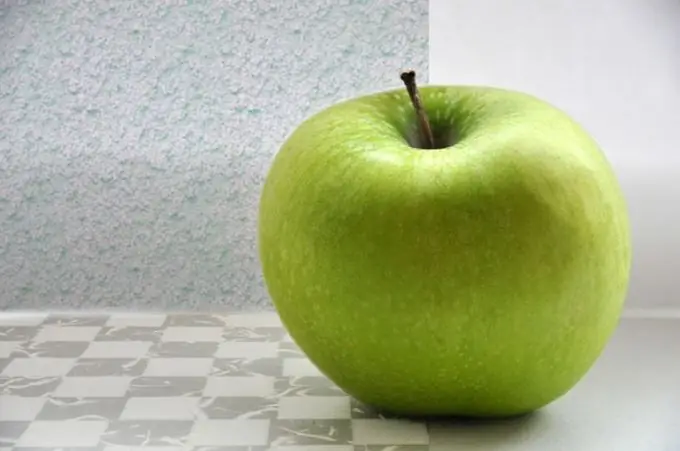In the process of processing photographs, it is often necessary to completely replace or partially edit the background. The background for such an image can be created using gradient, color fills and brushes.

It is necessary
- - Photoshop program;
- - image.
Instructions
Step 1
To make the simplest background, you need to create a layer and fill it with color. Open the file with the object to which you want to add a new background using the Open option of the File menu and unlock the only layer that the loaded image consists of by double-clicking on the lock icon.
Step 2
Using the Solid Color option of the New Fill Layer group of the Layer menu, add a layer filled with color to the file and drag it under the unlocked photo. Turn on the Lasso tool, use it to outline the object in the foreground and, by clicking on the Add layer mask button, add a mask to the layer.
Step 3
Create a shadow to visually separate the object from the background. To do this, use the Duplicate Layer option of the Layer menu to copy the layer with the object and turn it into a preset for the shadow, filling it with black or darkening the layer using the Brightness / Contrast filter, which can be found in the Adjustments group of the Image menu. Set the Contrast parameter to the maximum possible value, and set the Brightness value to the minimum.
Step 4
Blur the created black silhouette with the Gaussian Blur option of the Blur group of the Filter menu. Move the shadow under the layer with the object or shape that casts it, turn on the Move Tool and move the dark layer to the side opposite to the one from which the light falls on the object. You can reduce the opacity of the shadow by adjusting the Opacity parameter to make the image more realistic.
Step 5
A dark background can be brightened up a bit by creating a spot of light with a gradient fill. Add a layer to the file using the Create a new layer button, turn on the Gradient Tool in Radial Gradient mode and fill the created layer with a radial gradient with a light middle and dark edges. If the middle part is dark, turn on the Reverse option in the gradient settings and repeat the fill.
Step 6
Move the gradient under the object and mask layer. You can give the light spot on the background an arbitrary shape by slightly smudging its edges with the Smudge Tool.
Step 7
To add depth to the background, use randomly scattered brush prints of different sizes. This method can be useful if the background color does not allow simulating shadows. Create a new transparent layer, turn on the Brush Tool and select a round swatch from the Brush Tip Shape tab of the brushes palette.
Step 8
In the same tab, enable the Spacing option and adjust its value so that there is a significant distance between the individual brush marks. Go to the Shape Dynamics tab and set the Size Jitter to about sixty percent. This will allow you to get prints of different sizes. In the Scattering tab, enable the Both Axes option and adjust the scatter of the brush marks, focusing on the change in the picture in the preview window.
Step 9
Fill the layer with brush marks. Slightly blur the marks with the Gaussian Blur filter. Add another layer to the document and in random order put on it the prints of the same brush, increasing its diameter. Apply a blur to this layer, reducing its radius compared to the previous one. Reduce the transparency of the created layers and bring them under the layer with the foreground object.
Step 10
To save the file with all the background details on separate layers, use the Save As option on the File menu, choosing the psd format. To view or upload to the Internet, select the.jpg"






